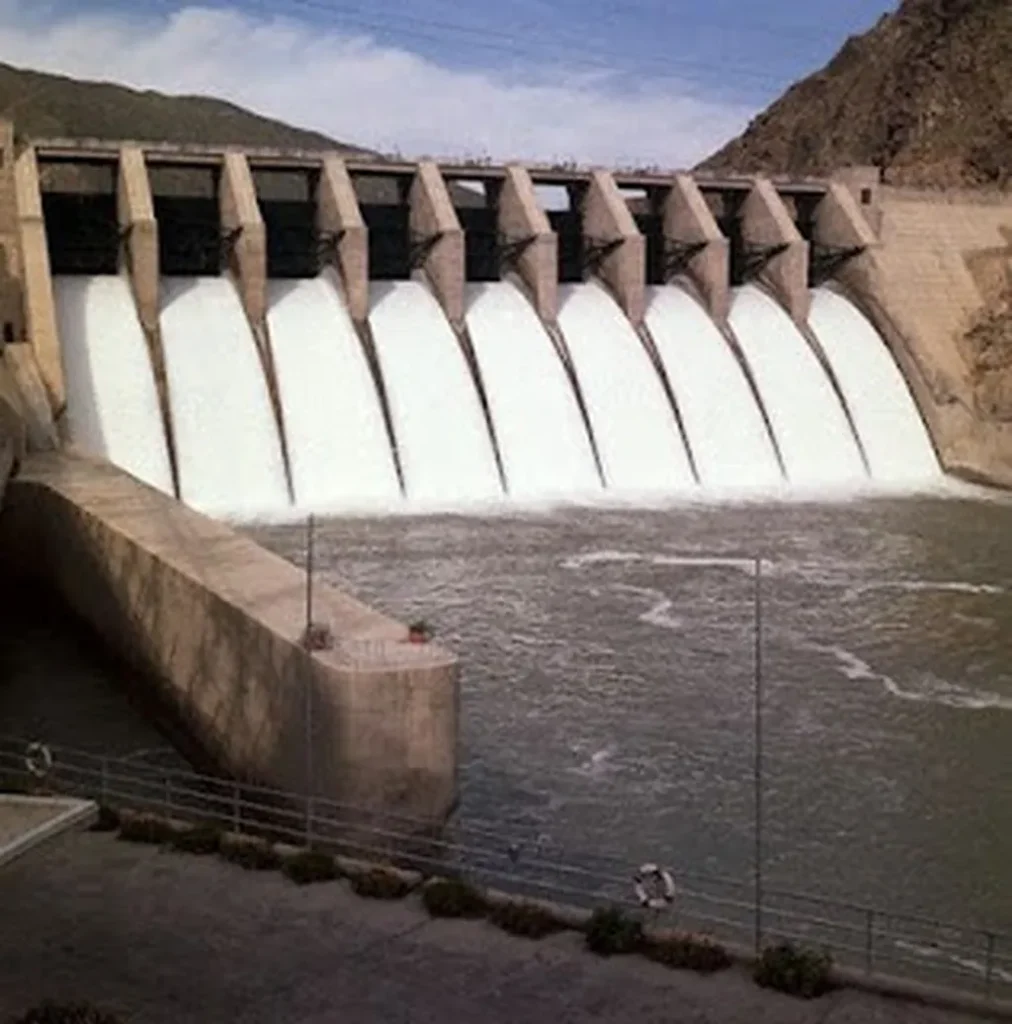In the semi-arid landscapes of Pakistan, where water is a precious commodity, a novel approach to dam management is making waves in the construction and energy sectors. A recent study led by Shahab Noor from the Department of Water Resources Management at The University of Agriculture, Peshawar, has shed light on the critical role auxiliary dams can play in extending the lifespan of primary reservoirs, ensuring sustainable water storage, and potentially saving millions in infrastructure costs.
The research, published in the journal “Trends in Ecological and Indoor Environmental Engineering” (translated as “Trends in Ecological and Indoor Environmental Engineering”), focuses on the Auxiliary Kandar Dam and its influence on the Main Reservoir in District Kohat, Khyber Pakhtunkhwa. The study addresses a pressing issue in water resources management: reservoir sedimentation. This natural process reduces storage capacity, compromises hydraulic performance, and shortens the operational lifespan of dams, posing a significant challenge to water resource sustainability.
“Reservoir sedimentation is a global issue, but it’s particularly acute in regions like Pakistan, where steep catchment slopes and intensive land use accelerate sediment accumulation,” Noor explained. “Our study sought to quantify the impact of an auxiliary dam on mitigating these effects and extending the lifespan of the Main Reservoir.”
The research team conducted a detailed grid survey to determine the storage capacities of both reservoirs, using SURFER software for volumetric and spatial analyses. They estimated sediment yield through the HR Wallingford Sediment Yield Prediction Model (WSYPM) and integrated field observations, hydrological data, and chronological sediment records to validate trapping efficiencies and predict future capacity loss scenarios.
The results were striking. The Auxiliary Dam, with an initial capacity of 1,994,974 m³, accumulated 196,654 m³ of sediment over nine years, resulting in a 9% loss in storage capacity. Meanwhile, the Main Dam exhibited a trapping efficiency of 90.48%, which declined with a decreasing inflow ratio. Within six years, approximately 175,501 m³ of sediment were deposited in the Main Dam, causing a 61.78% reduction in total storage capacity over 41 years.
However, the construction of the Auxiliary Dam in 2014 extended the Main Dam’s effective lifespan by 34 years (2022 – 2056). Modelling suggested that additional auxiliary structures could further prolong the lifespan by up to 80 years, ensuring an overall operational duration of 107 years (1972 – 2079).
The implications for the energy and construction sectors are profound. By strategically placing auxiliary dams, companies can significantly reduce sediment inflow into primary reservoirs, extending their operational lifespans and deferring costly maintenance or replacement projects. This approach not only ensures sustainable water storage but also enhances the reliability of hydropower generation, a critical component of the energy mix in many regions.
“This study demonstrates, for the first time in this geographic context, the quantitative relationship between auxiliary dam placement and sediment reduction efficiency,” Noor said. “It provides a robust framework for optimizing dam management strategies and ensuring water resource sustainability.”
As the world grapples with the challenges of climate change and water scarcity, innovative solutions like auxiliary dam construction offer a beacon of hope. By embracing these strategies, the energy and construction sectors can contribute to sustainable development, ensuring a reliable water supply for future generations.
The research by Noor and his team is a testament to the power of scientific inquiry in driving practical, real-world solutions. As we look to the future, the insights gleaned from this study will undoubtedly shape the development of more resilient and sustainable water infrastructure, benefiting communities and industries alike.

